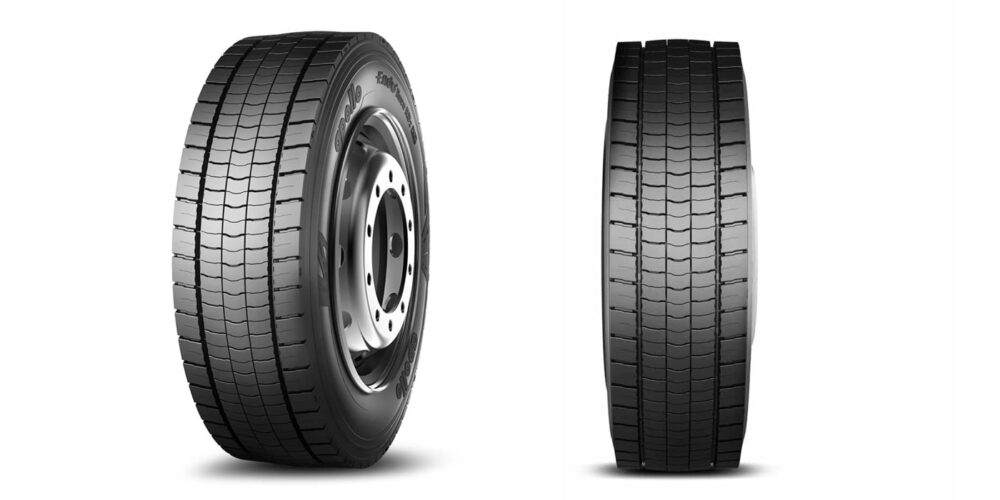First, let me state I’m not in favor of rules or regulations—any kind of rules – but particularly rules proposed by people who have little idea of what they are regulating. I think three of the last four sets of diesel exhaust emissions standards lend credence to my point of view. But I must commend the EPA and NHTSA for their recent regulations regarding truck fuel economy.
For once, the EPA and NHTSA listened intently to trucking industry experts before proposing diesel fuel economy regulations. Their recognition that ton-miles is a more precise measure of truck efficiency than miles per gallon (MPG) was enlightened. Scientists have known this for years, but the general public has always identified with MPG.
The U.S. is actually for once ahead of Europe by using the ton-mile concept to quantify truck fuel economy.
The variability in vehicle loads throughout the trucking industry cannot be fairly regulated using only MPG standards. So trucking industry experts (such as Duke Drinkard) worked tirelessly to make the regulators understand that the time is right for some reasonable legislation. This will reverse the trend of several years of regulations which forced engine builders to sacrifice fuel economy for the sake of NOx emissions.
Fuel consumption for diesel engines will now be measured and regulated in terms of gallons of fuel used per 100 brake horsepower-hours (gal/100 bhp-hrs.). For the 2014 model year heavy-duty diesel engines in tractors must use no more than 4.67 gal/100 bhp-hrs., and medium-duty engines in tractors must use less than 4.94 gal/100 bhp-hrs. These requirements tighten to 4.52 and 4.78 gals/100 bhp-hr for heavy-duty and medium-duty engines for the 2017 model year.
Overall vehicular fuel economy regulations are expressed in terms of gallons of diesel fuel used per 1000 ton-miles (gal/1000 ton-mi.), and the regulated values differ according to weight class (7 or 8), cab configuration (day or sleeper) and roof height (low, medium and high). This recognizes the significance of frontal area, aerodynamic drag and vehicle weight on overall vehicle fuel economy.
Vocational vehicles are also regulated in terms of gals/1000 ton-mi., and there are different requirements for light-duty (classes 3-5), medium-duty (classes 6 and 7) and heavy-duty (class 8). For 2017 these requirements are 33.8 gals/1000 ton-mi. for light-duty, 20.0 gals/1000 ton-mi. for medium-duty, and 10.5 gals/1000 ton-mi. for heavy-duty. Note that heavier vehicles are much more efficient than lighter vehicles.
Personally, I consider these regulations to be a stroke of genius. Yes, I know many of you will have to learn some new terminology and perform some new calculations, but the end result will be well worth the effort.
Those of you who have followed the EPA Smart Way activities to date can now reap some of the benefits of that work. I just hope someone comes up with 3-letter acronyms for gallons of fuel used per 100 brake horsepower-hours (how about G/HP?) and gallons per 1000 ton-miles (how about G/KM?) before my writer’s cramp gets any worse.
The standards are voluntary through 2016, but the requirements are mandatory in 2017. This gives manufacturers and truckers six full years to gather data and make informed decisions prior to the 2017 model year.
If I was a fleet operator (imagine that – me producing useful work!), I would intensify studying available technology now. I realize that money is currently very tight, but I see three advantages to being an early adapter. First, you can restructure your fleet to be very profitable in future years before costs escalate. Secondly, you should be able to influence aftermarket fuel economy technology design. And third, more efficient fleets can serve to eliminate under-achievers. This should give the trucking industry an image boost and your fleet increased business.













